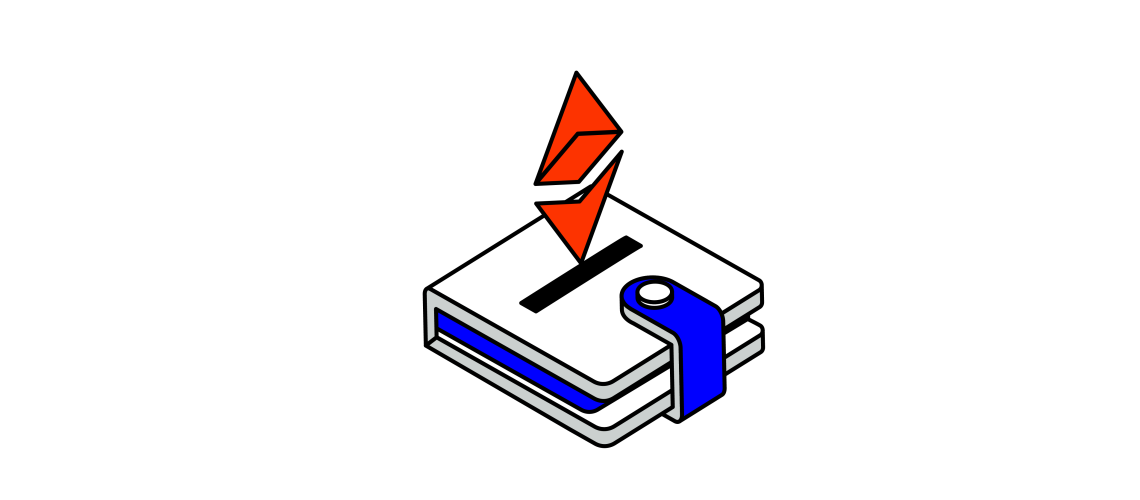
New year, new fork for the Ethereum network? Sounds about right. The crypto space is abuzz yet again as the world’s most popular blockchain ecosystem readies for its next major upgrade starting April 12.
Dubbed the Ethereum Shanghai Upgrade, or Shapella (a portmanteau of the words Shanghai and Capella), this planned hard fork is one to watch among those who have been staking ETH for as far back as 2020. As many of you may already know, ETH is the native coin of the Ethereum network. As of Apr 11, 5:17 am UTC, the roughly 16 million staked ETH are worth over US$30 billion.
A fork involves implementing a radical change to a network’s protocol. In the case of Shapella, the upgrade consists of a series of updates to the execution layer, the Beacon Chain consensus layer, and the Engine API.
The biggest highlight of the upgrade is implementing the EIP-4895 proposal, which allows validators to withdraw staked ETH for the first time since locking them on the Beacon Chain. Slated to activate at 10:27 pm UTC, the updates will allow the network to support validator withdrawals that are “pushed” from the Beacon Chain to the Ethereum Virtual Machine.
Other notable EIPs (Ethereum Improvement Proposals) proposed for the Shanghai upgrade include EIP-3651, EIP-3860, and EIP-6049, which address the issue of costs, particularly gas fees affecting further developments in the Ethereum ecosystem.
It’s interesting to note that the Ethereum team names changes to their execution layers after cities that host the DevCon conference for Ethereum developers. Shanghai hosted the second conference in 2016. Changes to consensus layers, however, are named after stars, and Capella is the brightest star in the northern constellation of Auriga.
The Shapella upgrade is a much-anticipated event since last year’s The Merge, which made it possible for the Ethereum network to completely move away from the Proof-of-Work consensus mechanism. This blockchain mechanism requires transaction validators to race to solve mathematical puzzles and mine coins, thereby consuming much energy. Meanwhile, Proof-of-Stake uses a system akin to a raffle – the more ETH you stake, the higher the chance of becoming a validator and earning rewards.